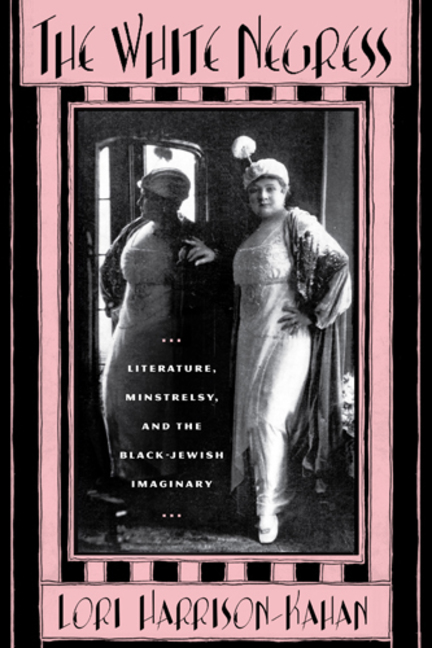Arizona State University
May 2010
189 pages
Publication Number: AAT 3407107
ISBN: 9781109743265
Allison Parker
A Dissertation Presented in Partial Fulfillment of the Requirements for the Degree Doctor of Philosophy
Fannie Hurst’s 1933 novel, Imitation of Life, and the two movies that followed in 1934 and 1959, address the issue of racial passing in a way that no text ever has before. The theme of Imitation of Life is imitation, and as a result, it lends itself to a discussion of race performativity. Imitation of Life is the first text to juxtapose the mammy character with the tragic mulatto character, and this makes it conducive to studying the category of race and how race performativity functions. In addition, instead of focusing exclusively on passing, this analysis focuses more specifically on the way that resistance to (or condemnation of) passing, mainly through the power of confession, produces a specific mode of performativity.
Each of the versions of Imitation of Life is analyzed separately in order to use the specific version of the text to examine not only how the mores of the time affect the outcome of the story to contextualize each story within its respective time period, but also to examine how each of the characters is constructed in order to evaluate the relationships between black and white women living in the same household. The focus is on the specific features of the mammy and the mulatto characters–their history, their attributes, and their significant features, in order to understand how they work in context and to understand their significance in terms of race performativity. Finally, an examination of the category of race in terms of performative reiteration is presented. Scenes from the book and the two films are scrutinized in an attempt to provide a vehicle to understand the means by which racial norms function. These sections work together to examine the condemnation of passing in Imitation of Life through the lens of race as a speech act. Imitation of Life is a passing narrative that is a crucial text for assisting theorists in understanding the complicated features of race performativity.
TABLE OF CONTENTS
- PREFACE
- CHAPTER 1 REVIEW OF LITERATURE
- Introduction and Scope
- Theoretical Approach
- Organization of Research
- Concluding Remarks
- CHAPTER 2 THE 1933 NOVEL
- Fannie Hurst: Racial Activist
- Hurston and Hurst
- The Conflicts in Imitation of Lite
- A Warning for Ambitious Womem
- Aunt Jemima: The Most Famous Mammy
- The Influence of Zora Neale Hurston
- Delilah—the Ultimate Mammy
- Peola—the Tragic Mulatto
- Peola’s Passing
- Critical Reception and Debate
- CHAPTER 3 THE 1934 FILM
- The Plot Thickens
- The Embodiment of Miscegenation
- From Page to Screen
- The Subservient Mammy Stereotype Continues
- An Updated Bea
- An Updated Peola
- Critical Reception
- Hurston, Hughes, Morrison, and hooks Respond
- CHAPTER 4 THE 1959 FILM
- Lana’s Imitation of Life
- Colorblind Casting?
- Imitation in Imitation of Life
- Starring Sarah Jane
- The Rhinelander Case
- Controlling Images
- CHAPTER 5 RACE PERFORMATIVITY
- Austin, Derrida, Butler, and Performativity
- Foucault and Confession
- Assumptions of Whiteness and the Contradictions of Race
- Judith Butler and Imitation of Life
- The Punishment for Passing
- Mammy Versus Mulatto
- Conclusion
- WORKS CITED
Purchase the dissertation here.


